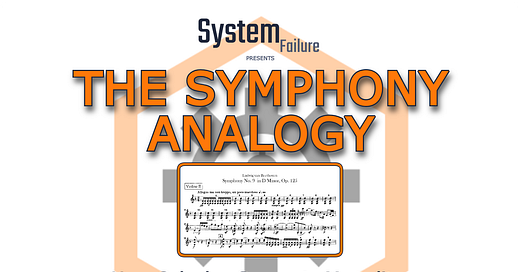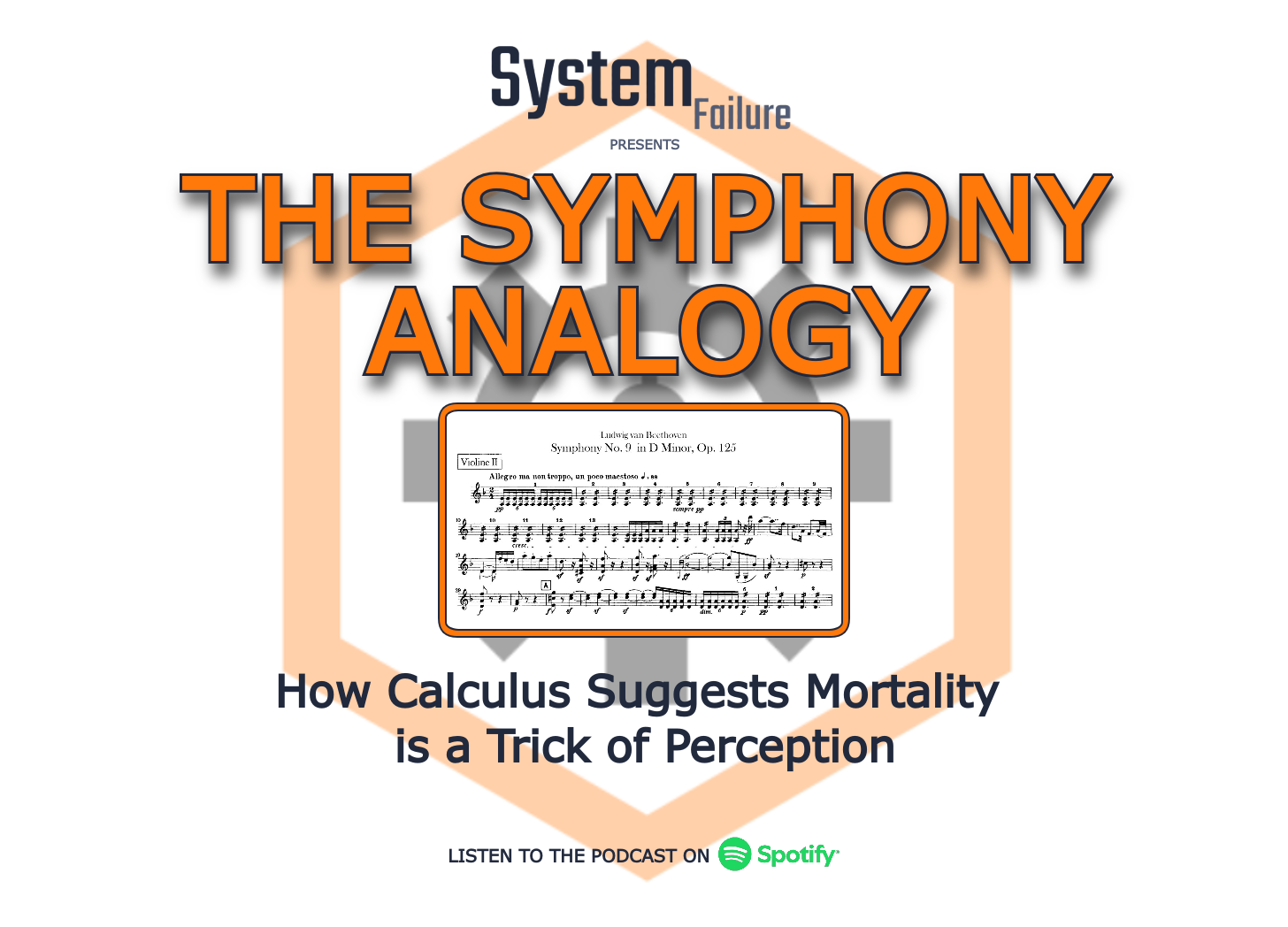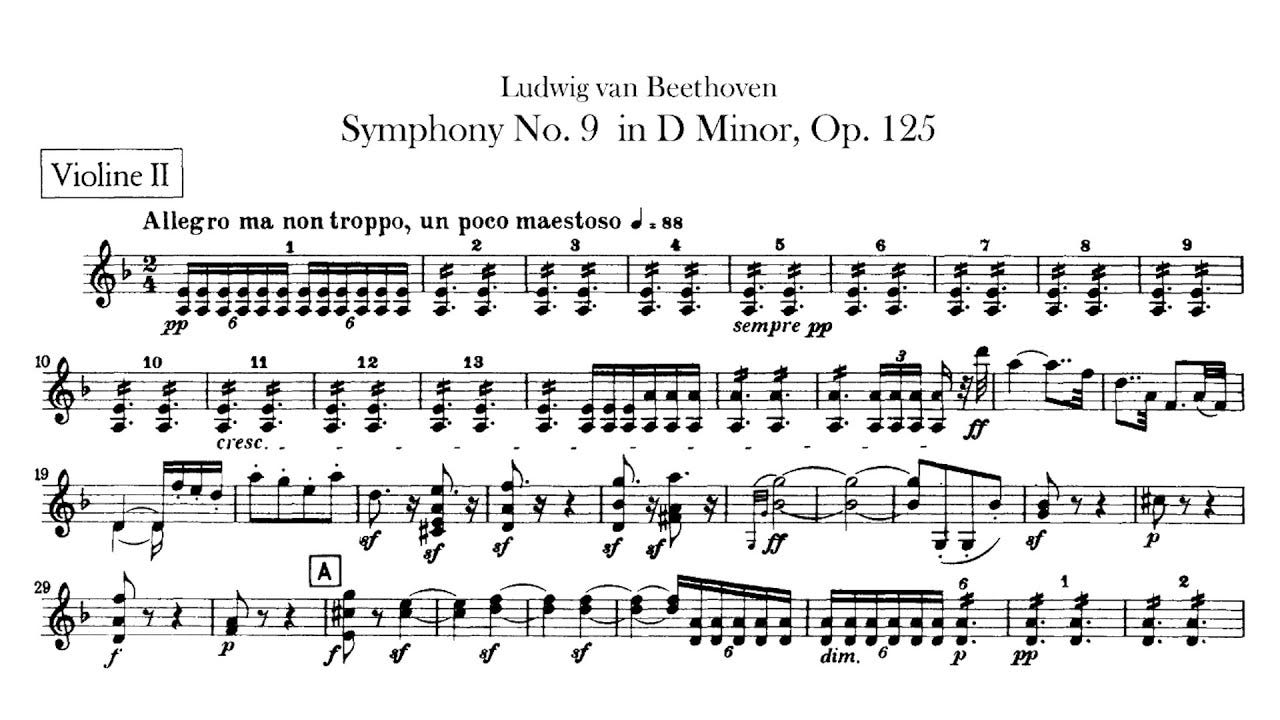Overview
Last week’s essay focused on the alchemy of Sir Isaac Newton; the single most important figure in the history of modern science was obsessed with magic. That fact powerfully illustrates the shared genealogy of science and magic.
Newton’s most significant contribution to posterity was not his three famous laws of motion. Neither was it the equation for gravity, or his work with optics, lenses, and prisms. It was calculus, a method of computing rates and rates-of-rates.
If you were lucky enough to have an inspired calculus teacher in school, you’ve already been given a window into the mind of genius. Calculus is exquisitely beautiful in its simplicity.
It demonstrates that time and distance are closely related dimensions. This concept has fascinating implications for our perception of reality, and of human mortality itself. Perhaps that explains why Isaac Newton spent 30 years of his life obsessing over arcane magical arts…
Introduction
Sir Isaac Newton’s most important gift to posterity was the invention of calculus, a special kind of mathematics that suggests distance and time are interchangeable. This interchangeability implies that the past and the future exist but are hidden from our senses by the way we perceive time. Mortality, then, is a trick of perception.
Calculus
Calculus is the math of rates—and rates of rates. Miles-per-hour is a rate of speed, for example. Change in a rate of speed (measured in miles-per-hour-per-second) is a rate of acceleration. These are compound rates of change.
The key insight to be gleaned from these rates is that time and distance fit together like Lego bricks. That which we measure with a stopwatch seems like a totally different thing than that which we measure with a ruler. But those measurements can be mixed-and-matched into compound rates—like acceleration—that correspond to real-world experiences. Despite how differently we perceive them, time and distance are “of a kind”.
Einstein’s theory of relativity, which heavily relies on calculus, combines distance and time into a unified framework called space-time. Notice that saying “it’s 150 miles to Boston” or “it’s 2 hours to Boston” are two ways of relaying the exact same piece of information.
At the Symphony
To conceptualize the interchangeability of time and distance, imagine sitting in a concert hall listening to Beethoven’s 9th Symphony. You’re stuck in the time signature with the rest of the audience, listening to each note in sequence. With no ability to rewind or fast forward time, audience members can hear only the current note being played in each moment.
In the middle of the symphony, the first and last notes are inaccessible to the audience. Those notes are hidden around the corner of time. But reading the sheet music frees us from the confines of the time signature. On a large enough page, our eyes behold the first and last notes of the symphony together, along with every note in between.
Sheet music works by swapping out the temporal dimension—which we measure with a stopwatch—for a physical dimension—which we measure with a ruler. One second might be represented by one eighth of an inch on the page. Once you see that the symphony can be expressed in either time or distance, the interchangeability of these two dimensions becomes obvious. And the implications for humankind are astounding.
The Music of the Human Story
The experience of hearing a symphony versus the experience of reading its sheet music shows us that our mortality is a trick of perception. The only difference between physical dimensions—like length, width, or height—and time lies in our differing perceptions of them.
We’re all equally powerless to fast-forward or rewind time when we listen to a symphony. But a quick glance at the sheet music confirms that the first and last notes of the symphony do, in fact, exist…somewhere.
Similarly, we cannot fast-forward or rewind our lives. We’re stuck in the time signature along with everyone else. But though they may be hidden around the corner of time, our youth and our old-age still exist…somewhere—just like the first and last notes of the symphony.
When you begin to think in terms of the interchangeability of distance and time, you become conscious of your ancestors stretching out behind you into the mists of the distant past. And of your descendants fanning out before you, proceeding into the distant future. Like the first and last notes of the symphony, these people too have an existence that is hidden from us by the way we perceive time.
The grand trajectory of the human career has a shape to it, sculpted in time. Calculus allows us to glimpse that shape, in our minds eye, by imagining the sheet music to the human symphony.
Conclusion
Calculus winks at us. It hints that reality is really some kind of multi-dimensional manifold, which our limited brains interpret as a story with a beginning, middle, and end. Calculus, in other words, affords us a peek behind the stage curtain of reality.






